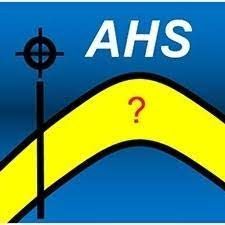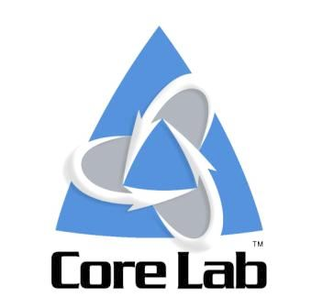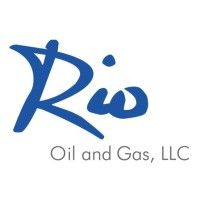
13-15 June 2023 | Colorado Convention Center | Denver, Colorado
Utilizing a Multidisciplinary Approach to Reservoir and Completion Optimization Within the Woodford Shale Play of the Arkoma Basin
Abstract: Subsurface complexities related to the formation of Peripheral Foreland Basins (PFBs) can have significant impacts on resource play development within their respective basin. Within the Arkoma Basin of Southeast Oklahoma, a PFB formed during the Marathon Orogeny, the onset of thrusting and tectonic loading induced a complex series of dip-slip and strike-slip faults during basin formation. Interpretation of these subsurface hazards is thought to have substantial effect on rock quality, water intrusion, and parent-child interactions during development (among others).
Foundation Energy Management (FEM) employed a series of technologies to increase their understanding of the reservoir and its hazards. These technologies include geochemical liquids analysis from wellbore cuttings via Rock Volatiles Stratigraphy (RVStrat), passive acoustic imaging sensors (known as Measuring while Fracing or MWF), and precision injection of proppant, water, and gas tracers during the stimulation treatment. These technologies were applied to a pair of infill wells within an existing development unit (i.e. single parent well within the unit). The goals of the project were meant to increase understanding of the following parameters: reservoir characterization, landing zone selection, completion optimization, parent-child interactions, child-child interactions, and subsurface hazards.
The multi-disciplinary study successfully met the objectives/goals of the Operator. The technologies employed assisted with quantifying and answering a series of questions related to the reservoir, its subsurface hazards, and provided economic implications into future development plans and strategy
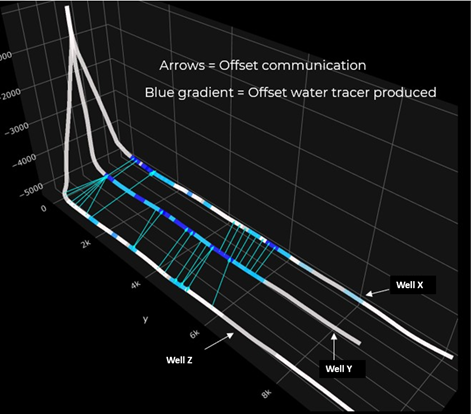
Theme 1: Completion Optimization II
Tuesday June 13th 2023 - 3:20 p.m. - 4:40 p.m.
Exhibition Hall E, Room 4
Chair(s): C. Cipolla, B. Liang
Authors: S. C. Zagurski1, S. Asbill1, C. M. Smith2, D. Leonard3, J. De la Garza4, T. Wood3, P. McColgan5, M. Smith2, B. Leonard3, S. Bourgoyne4 (1. Foundation Energy Management; 2. Advanced Hydrocarbon Stratigraphy; 3. Protechnics/Core Lab; 4. Seismos; 5. McColgan Seismic Interpretation Service
Optimizing Completions by Enhancing Near-field Connectivity and Mitigating Stress Shadowing in Real-time via Acoustic Based Workflow
Abstract: A multi-well program was developed to control the influence of completion design on the near wellbore region in order to optimize well completion and production of two wells in the 3rd Bone Springs formation. The pumping parameters, fracture measurements, and early production analysis of three previously completed wells near the target area were used to generate a base completion design for the monitored wells.
The controlled wells met these criteria: 1) they were semi-bounded, meaning there were parents wells to the east and virgin rock to the west; 2) the rock had to be generally homogeneous; and 3) the pump design had to be the same from stage to stage during hydraulic fracturing. This study aimed to maintain a consistent near wellbore stimulation across the lateral, thus focusing on uniform cluster efficiency.
Increased cluster spacing appeared to decrease stress shadow effects reflected by increasing trends in instantaneous shut in pressure (ISIP). Rate per perforation was found to be a statistically significant predictor of near wellbore conductivity. Far field diverter was also used to enhance near field conductivity and achieve better uniformity.
Theme 5: Diagnostics and Monitoring with Geomechanical Models II
Exhibition Hall E, Room 2
Wednesday June 14th 2023 - 1:30 p.m. - 2:50 p.m.
Chair(s): W. Zheng, O. Beltran, R. Ratnayake
Author: Muhammad Khan*1, Jim Alsup2, Nathan Crawford2, Josh Kroschel1,3, 1. Seismos, Inc., 2. RIO Oil and Gas II LLC, 3. University of North Dakota.
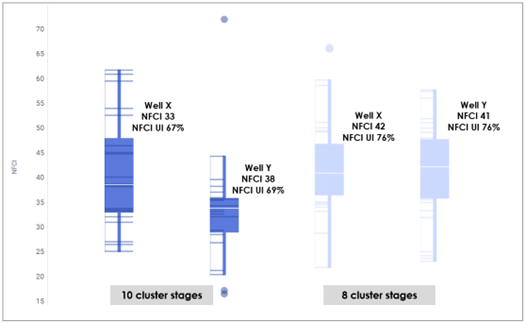
To receive a copy of the full paper, please fill out the form below
URTEC paper request
We will get back to you as soon as possible.
Please try again later.


